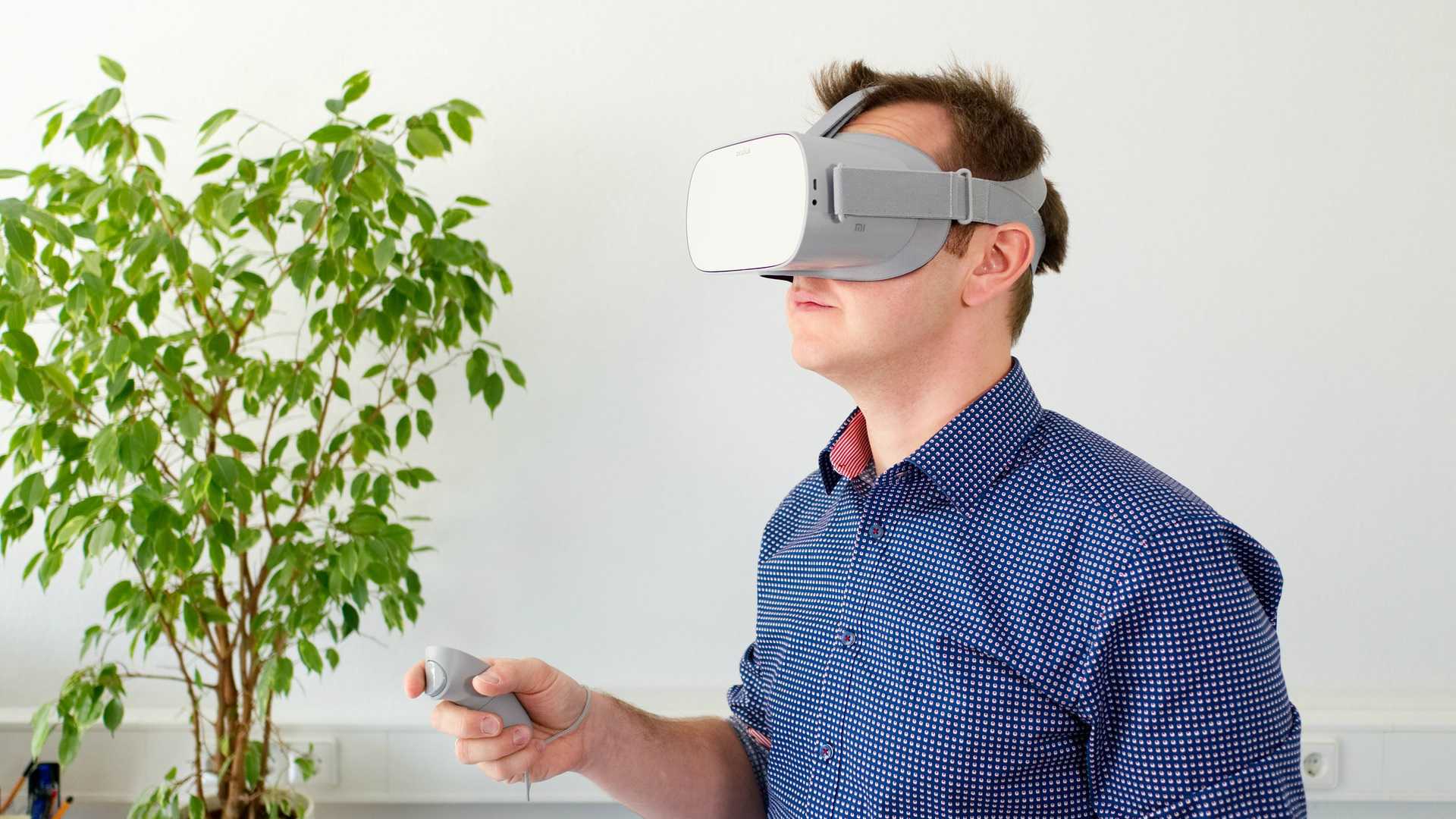
Extended Reality (XR) for Professional Training
By Adedayo Oyetoke, Published on: July 14th 2024 4 min, 644 word Views: 903
What is XR Extended Reality?
Extended Reality (XR) is an umbrella term that encompasses Virtual Reality (VR), Augmented Reality (AR), and Mixed Reality (MR). These technologies blend the physical and digital worlds to create immersive experiences. VR immerses users in a fully digital environment, AR overlays digital content on the real world, and MR merges both environments, allowing for interaction with both real and virtual elements simultaneously (Marketing Scoop) (Gartner).
What is Extended Reality Training?
Extended Reality training leverages VR, AR, and MR to create interactive and immersive training experiences. These experiences can simulate real-world scenarios, making them ideal for professional training in various industries. XR training allows employees to engage in realistic simulations, which enhances learning and retention (XR Today) (Gartner).
Benefits of XR Training
- Enhanced Learning Retention: XR training is highly immersive, which significantly improves knowledge retention compared to traditional training methods. For example, studies show that VR training can improve retention rates by up to 75% (Rock Paper Reality).
- Safe Simulation of Dangerous Situations: XR allows for the simulation of hazardous scenarios in a controlled environment, ensuring safety while training employees in critical situations (Marketing Scoop) (Gartner).
- Cost Efficiency: While the initial investment in XR technology can be high, it reduces costs in the long run by minimizing the need for physical training materials and environments (Marketing Scoop).
- Accessibility and Flexibility: XR training can be accessed remotely, making it easier for employees in different locations to receive consistent training (Rock Paper Reality) (Gartner).
XR and VR in Education and Training
XR technologies provide unique benefits for education and professional training. VR, for example, allows users to practice complex procedures in a virtual environment, which is particularly beneficial in fields like healthcare and aviation. AR and MR can overlay useful information on the real world, such as assembly instructions or diagnostic data, which enhances hands-on learning and operational efficiency (Marketing Scoop) (Rock Paper Reality).
Types of XR
- Virtual Reality (VR): Fully immersive digital environments.
- Augmented Reality (AR): Digital content overlaid on the real world.
- Mixed Reality (MR): Integration and interaction of digital and physical elements (Marketing Scoop) (Gartner).
History and Development of XR
XR technologies have evolved significantly over the years. While the concept of VR can be traced back to the 1960s, modern XR advancements have been driven by technological progress in computing power, sensors, and AI. Companies like Microsoft, Facebook, and Google are at the forefront of XR development (Marketing Scoop) (Gartner).
Differences Between VR and XR
While VR is a subset of XR focused solely on creating a fully digital environment, XR encompasses VR, AR, and MR. XR is a broader term that includes any technology blending real and virtual worlds (Marketing Scoop) (Gartner).
Technology Behind XR
XR relies on several technologies, including high-resolution displays, motion tracking sensors, advanced processors, and AI. Devices such as VR headsets, AR glasses, and MR headsets are essential for delivering XR experiences (Marketing Scoop) (Gartner).
Applications of XR Training
- Healthcare: Training for complex surgical procedures and patient care simulations (XR Today).
- Aviation: Pilot training and maintenance simulations.
- Manufacturing: Assembly, maintenance, and quality control training (Rock Paper Reality) (Gartner).
Disadvantages of Extended Reality
- High Initial Costs: The initial investment in XR technology can be prohibitive for some organizations (Marketing Scoop) (Gartner).
- Technical Limitations: Current XR hardware may have limitations in terms of battery life, resolution, and field of view (Marketing Scoop) (Gartner).
- Privacy and Security Concerns: XR systems collect extensive user data, which can pose privacy risks if not managed properly (Marketing Scoop).
Conclusion
Extended Reality is revolutionizing professional training across various industries by providing immersive and interactive learning experiences. From healthcare to manufacturing, XR technologies are enhancing skills, improving safety, and reducing costs. As XR technology continues to evolve, its applications and benefits are expected to expand even further.
For further reading on related topics, you can visit Wireless Terminal's technology section and explore the innovative ways to use AR/VR in education.
